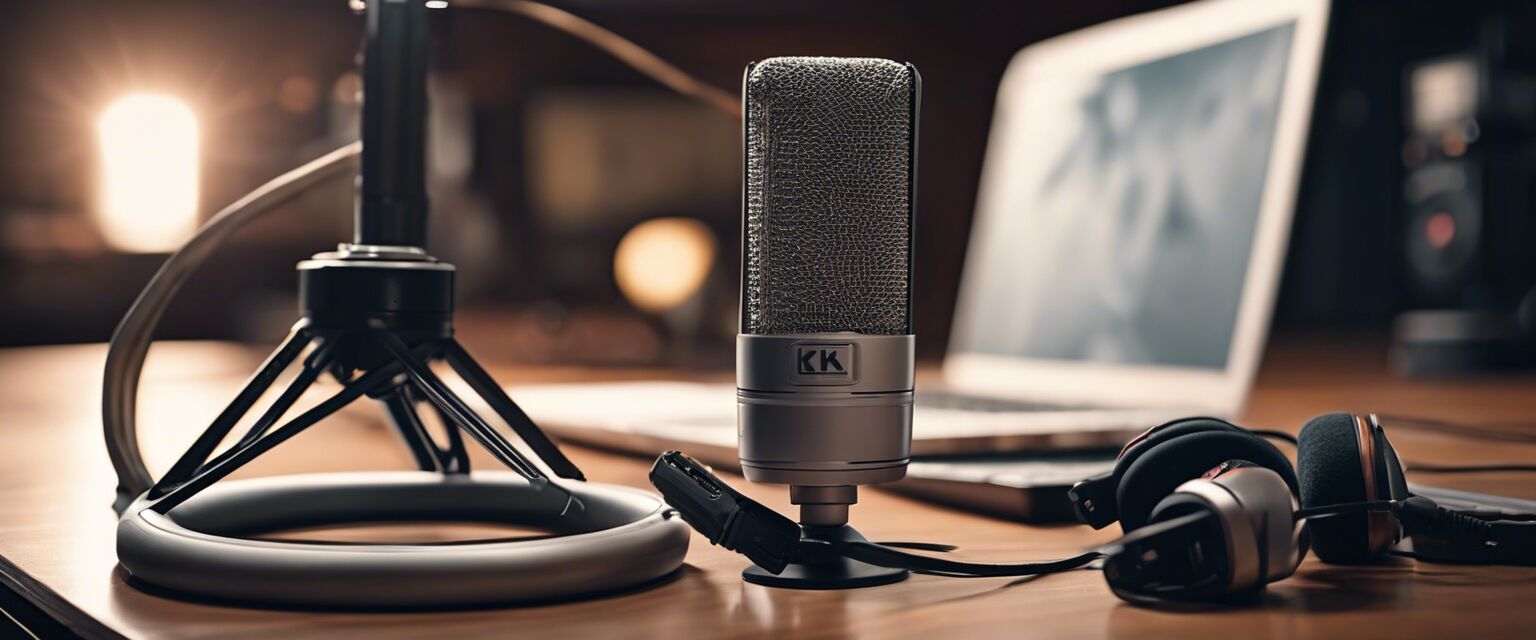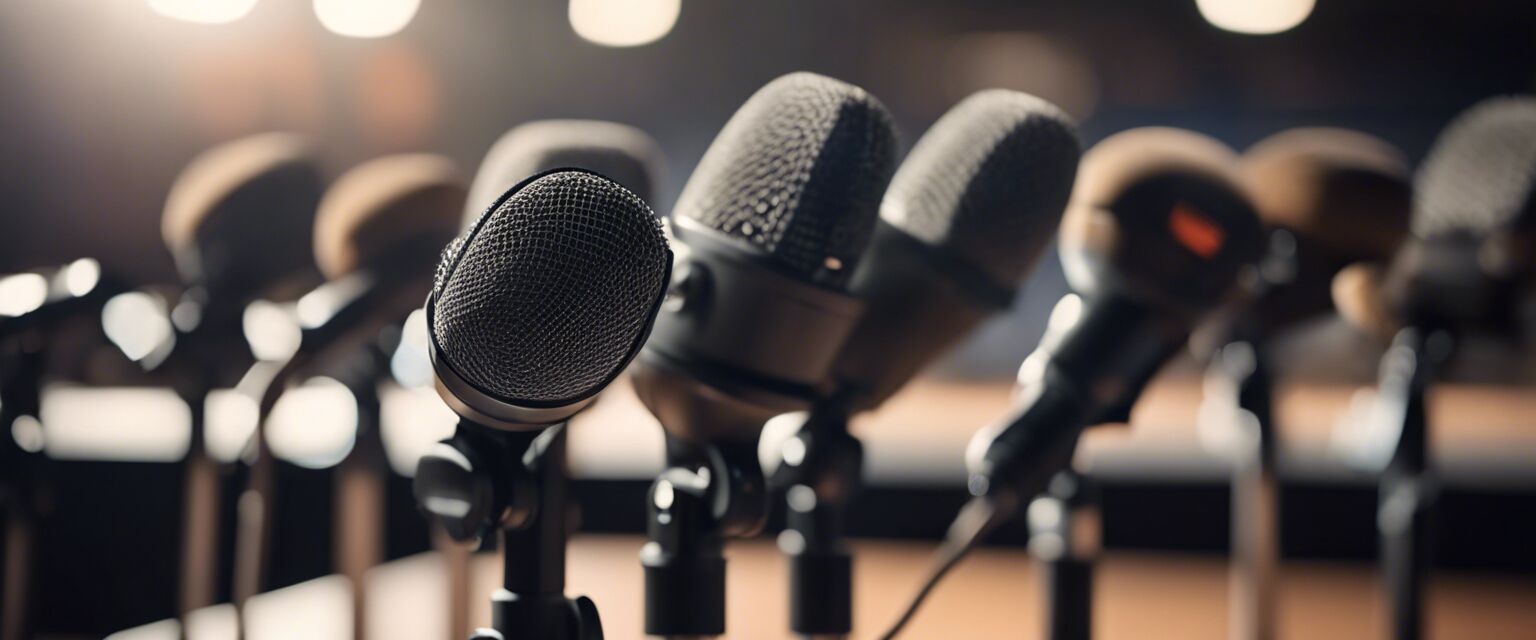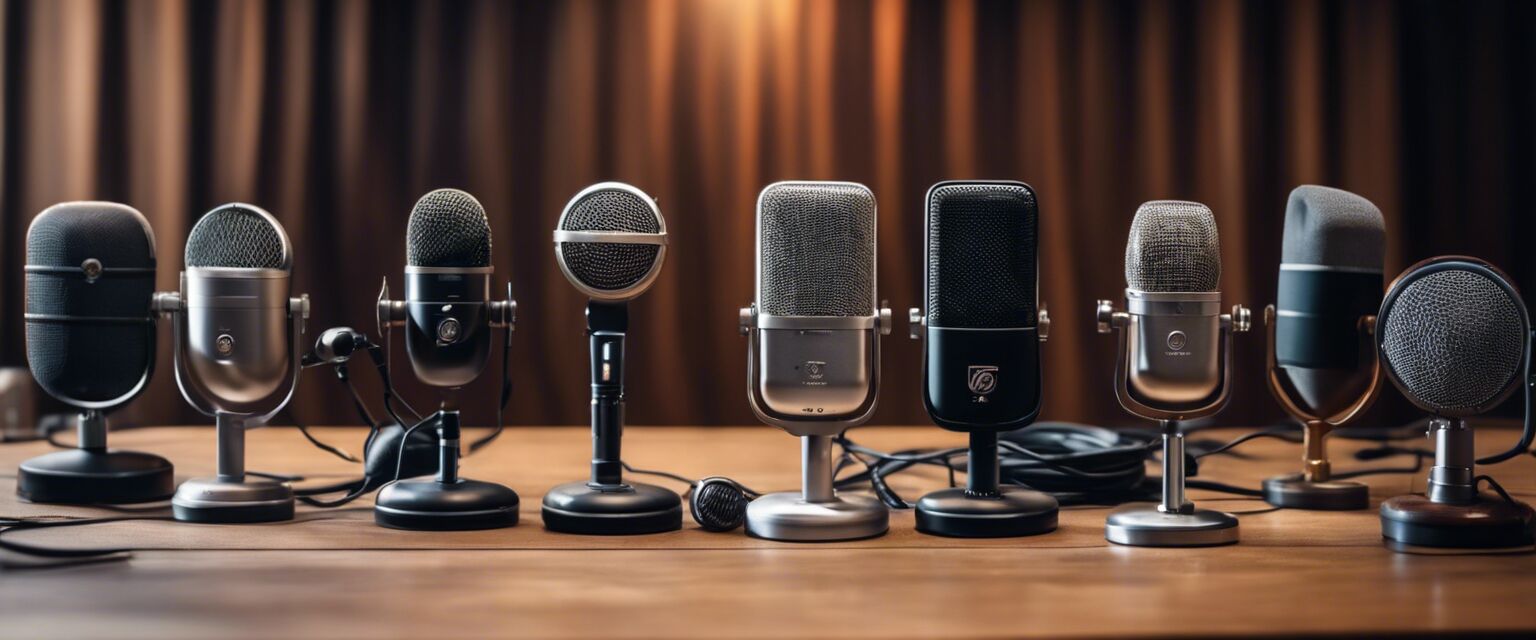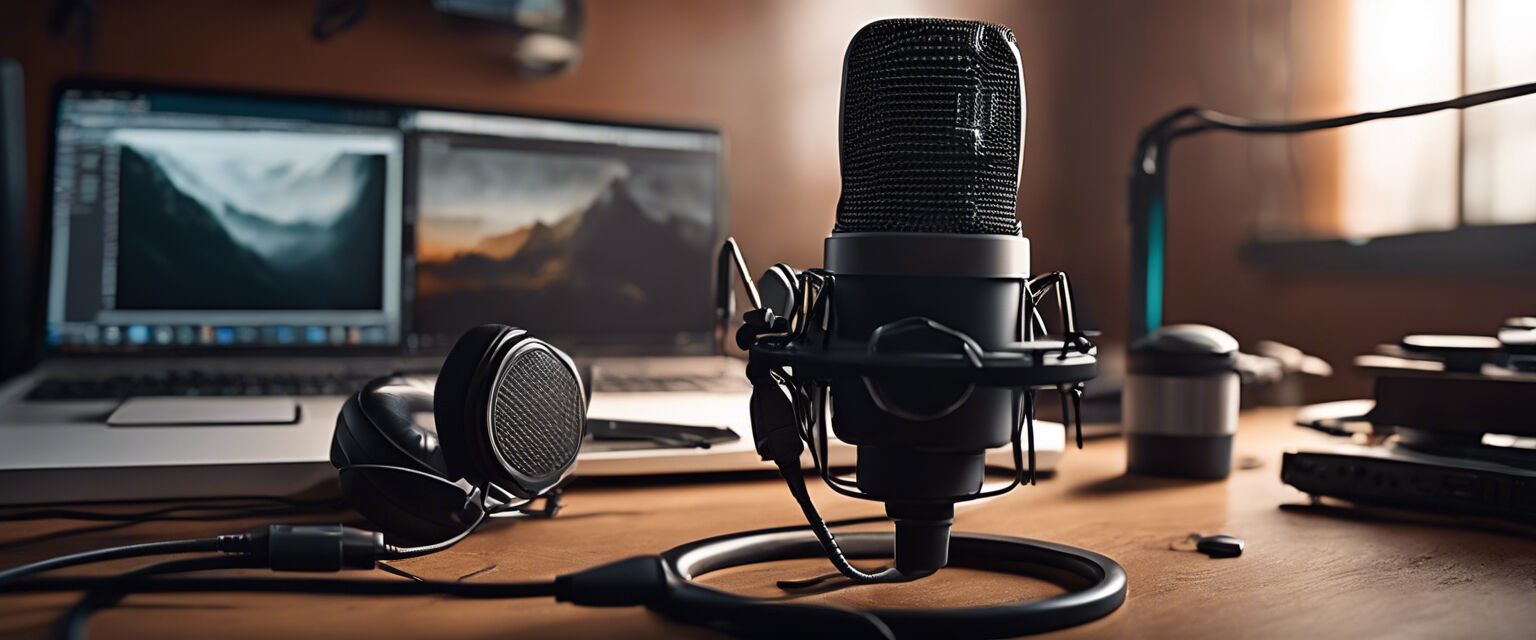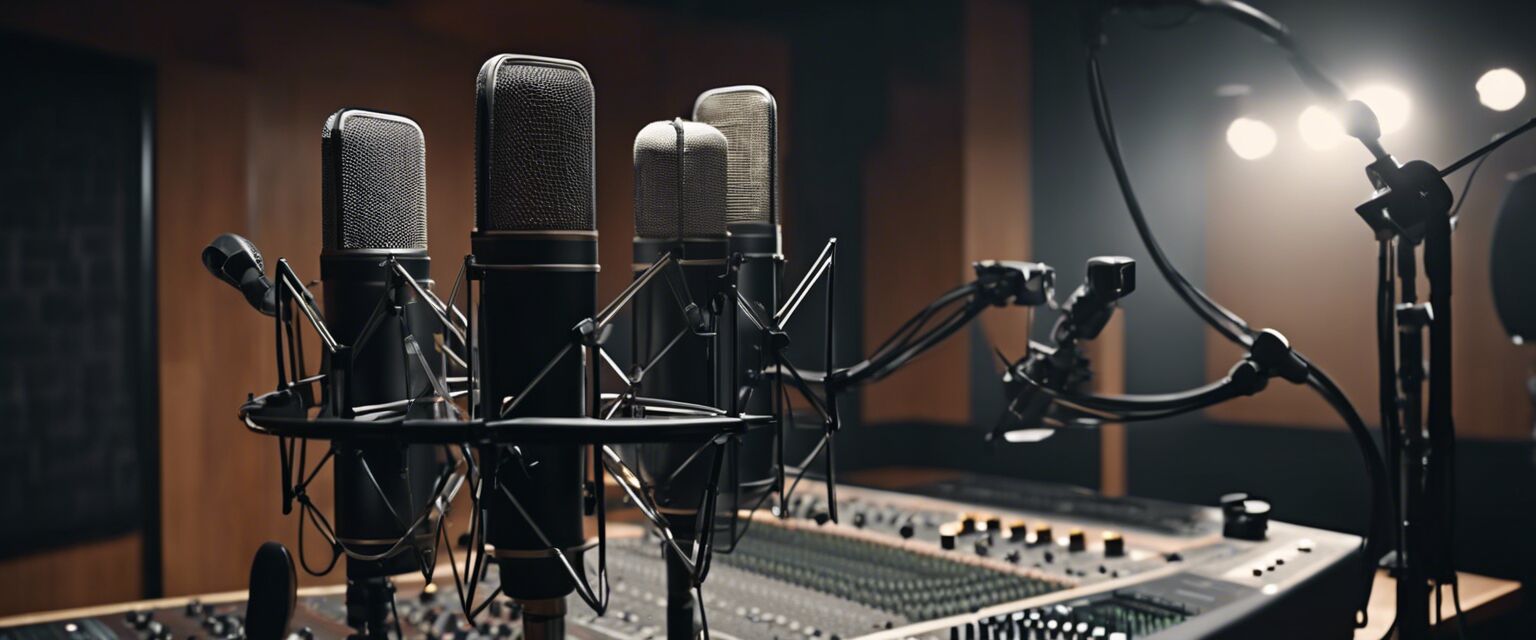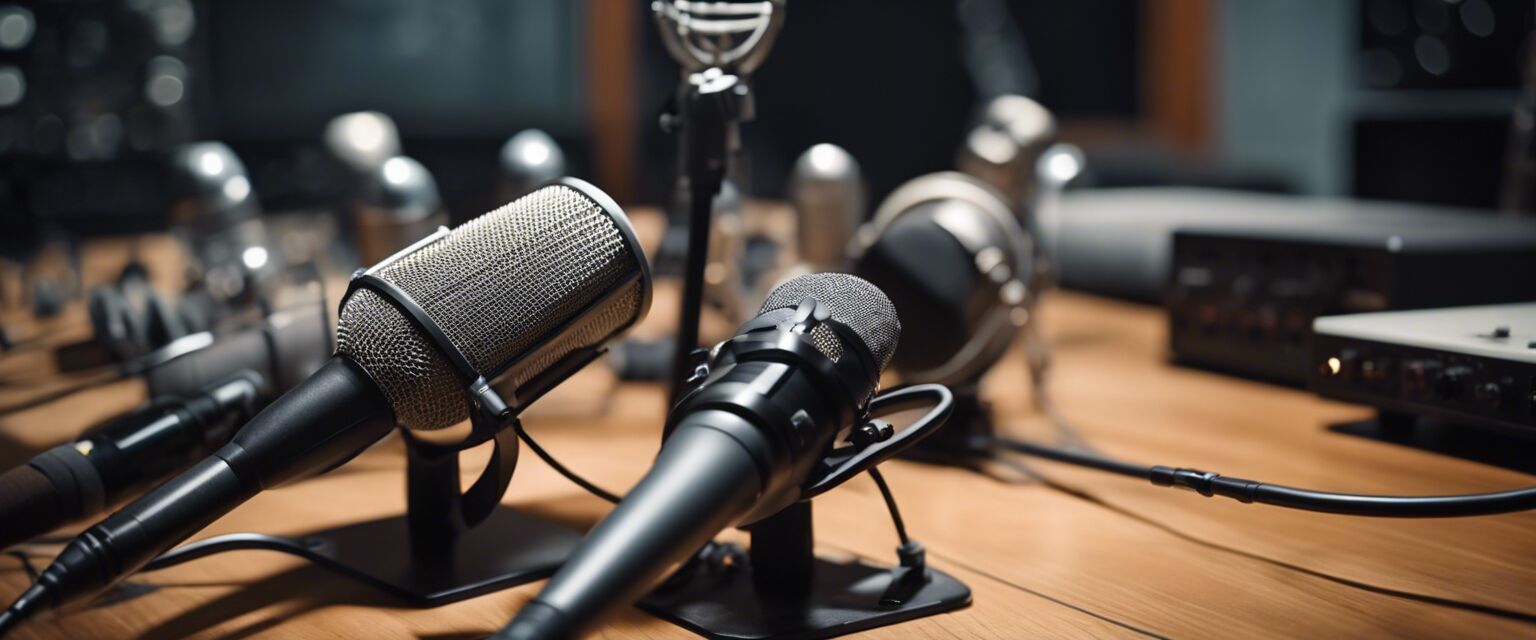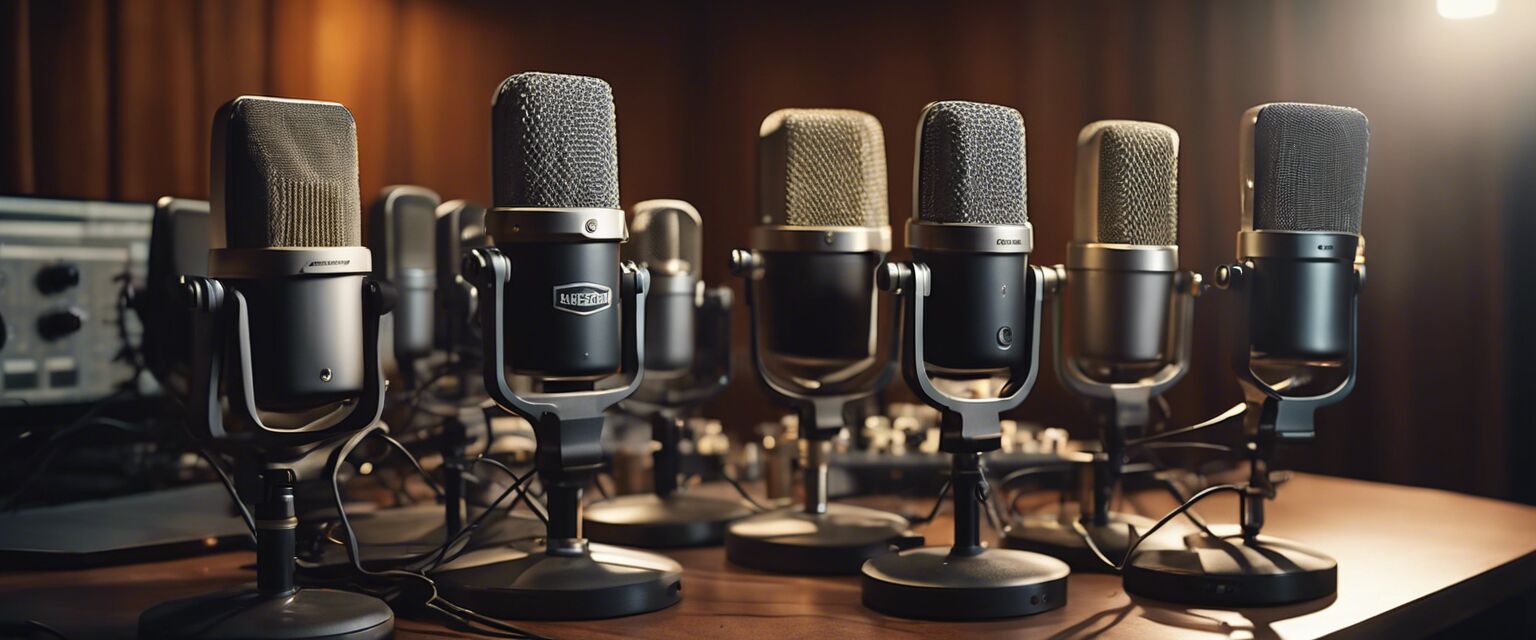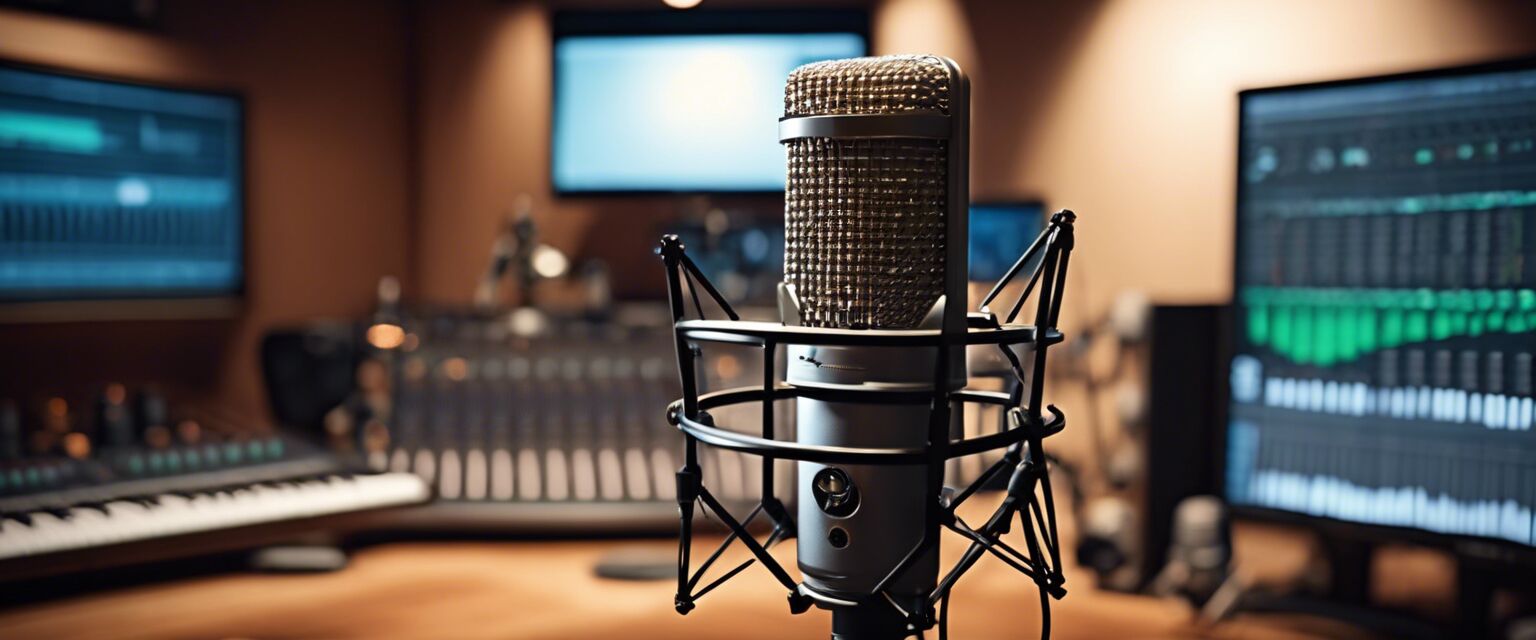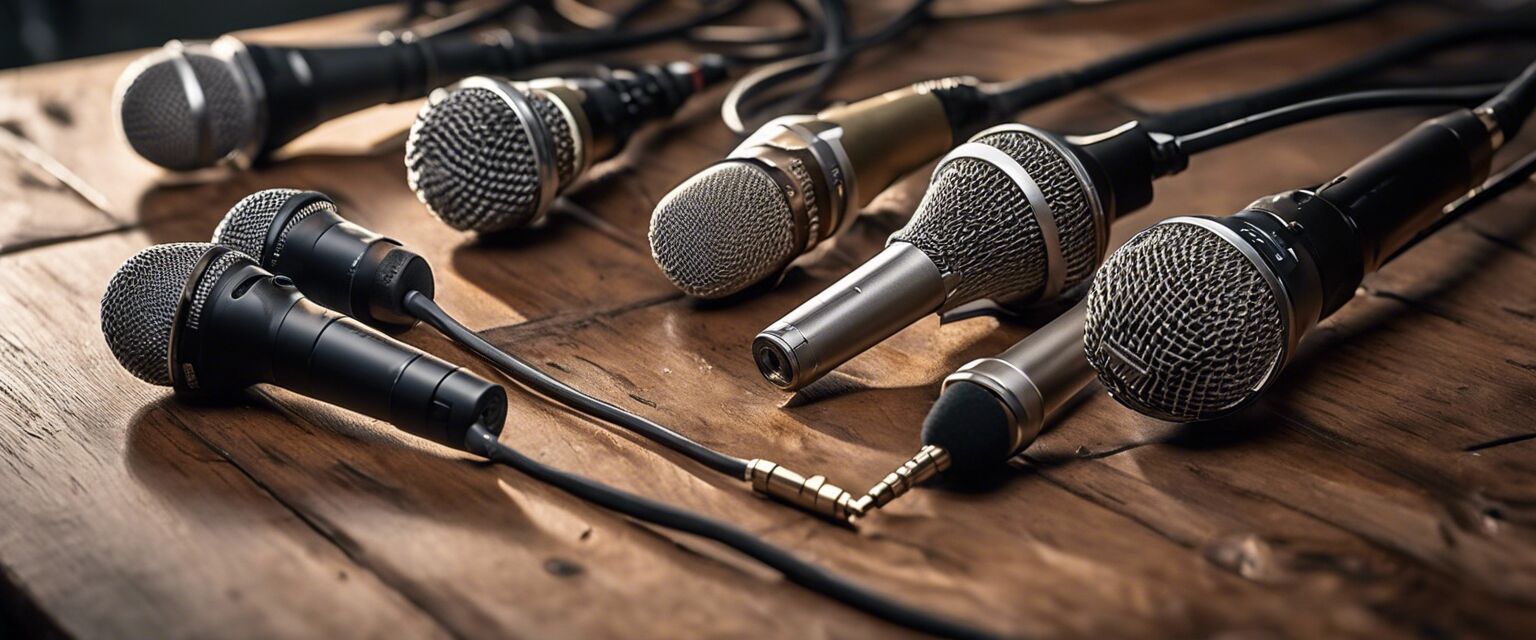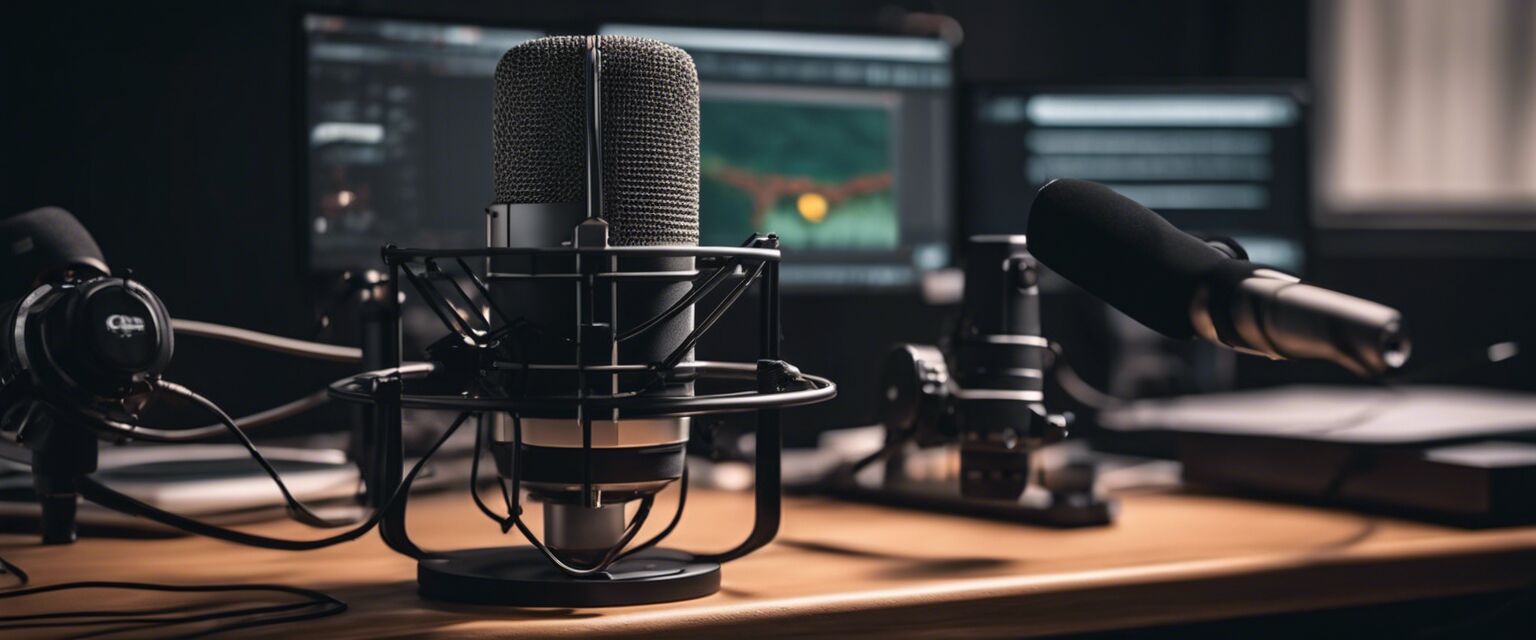
Best Microphones for Podcasting
Are you looking to start your own podcast or upgrade your current recording setup? Choosing the right microphone is crucial for producing high-quality audio. With so many options available, it can be overwhelming to decide which one is best for you. In this article, we'll explore the top microphones specifically suited for podcasting, covering their key features, pros, and cons.
Key Takeaways
- Condenser microphones are ideal for capturing detailed audio
- Dynamic microphones are durable and suitable for loud environments
- USB microphones are plug-and-play and easy to use
- Consider your budget, recording environment, and personal preferences when choosing a microphone
Types of Microphones for Podcasting
There are several types of microphones to consider for podcasting, each with its own strengths and weaknesses. Here's a brief overview of the most popular options:
| Microphone Type | Description | Pros | Cons |
|---|---|---|---|
| Condenser | Captures detailed audio with a wide frequency range | High-quality audio, sensitive to sound | Fragile, requires phantom power |
| Dynamic | Durable and suitable for loud environments | Rugged, easy to use, affordable | Less sensitive to sound, limited frequency range |
| USB | Plug-and-play, connects directly to computer | Easy to use, convenient, affordable | May lack high-quality audio, limited features |
Best Microphones for Podcasting
Based on our research and expert opinions, here are some of the top microphones for podcasting:
- Blue Yeti - A popular condenser microphone with high-quality audio and multiple pickup patterns
- Shure SM7B - A durable dynamic microphone ideal for loud environments and podcasting
- Rode NT-USB - A high-quality USB microphone with a warm, natural sound
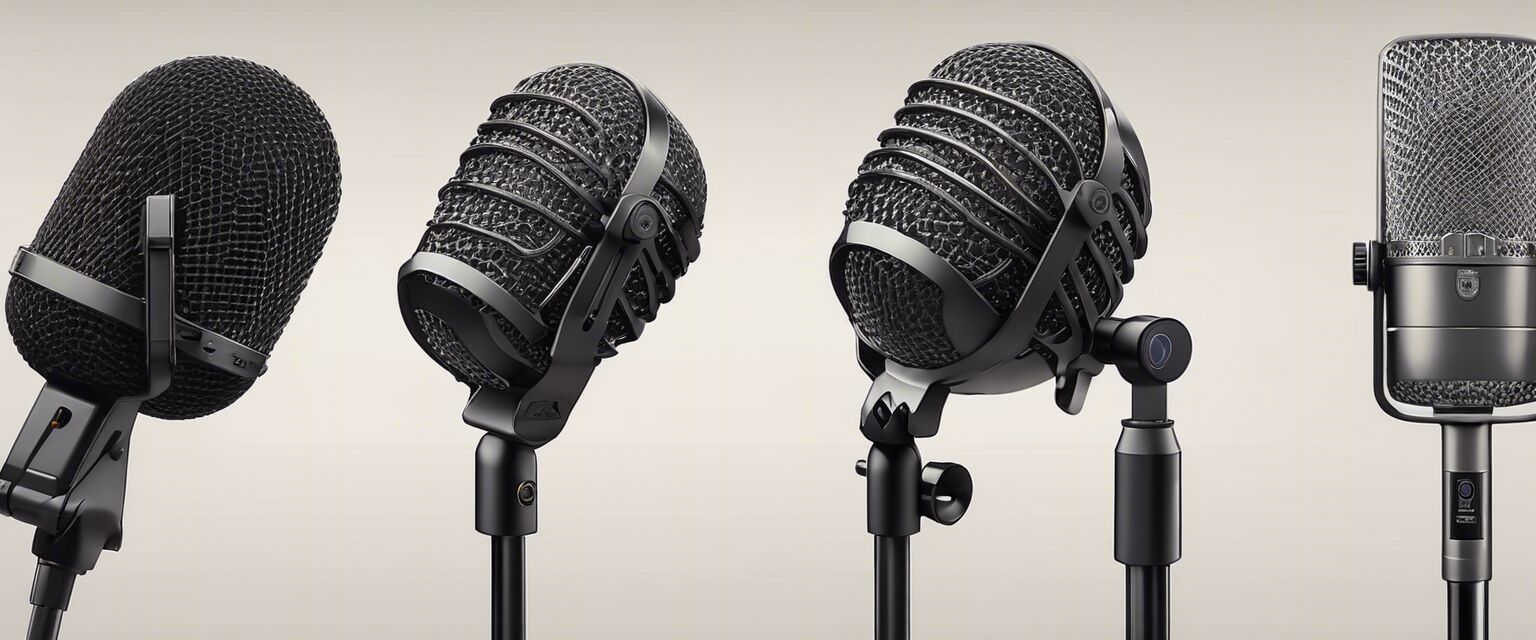
Microphone Pickup Patterns
When choosing a microphone, it's essential to consider the pickup pattern, which determines how the microphone captures sound. Here are the most common pickup patterns:
| Pickup Pattern | Description |
|---|---|
| Cardioid | Captures sound from the front, rejecting sound from the sides and rear |
| Omnidirectional | Picks up sound from all directions, including the sides and rear |
| Bidirectional | Captures sound from both the front and rear, rejecting sound from the sides |
Features to Consider
When selecting a microphone for podcasting, consider the following features:
- Frequency response: Look for a microphone with a flat frequency response (20 Hz - 20 kHz) for accurate sound reproduction
- Polar pattern: Choose a microphone with a pickup pattern that suits your recording environment and style
- Connectivity: Consider a microphone with a USB connection for easy plug-and-play use
- Budget: Set a budget and stick to it, as microphones can range from under $100 to over $1,000
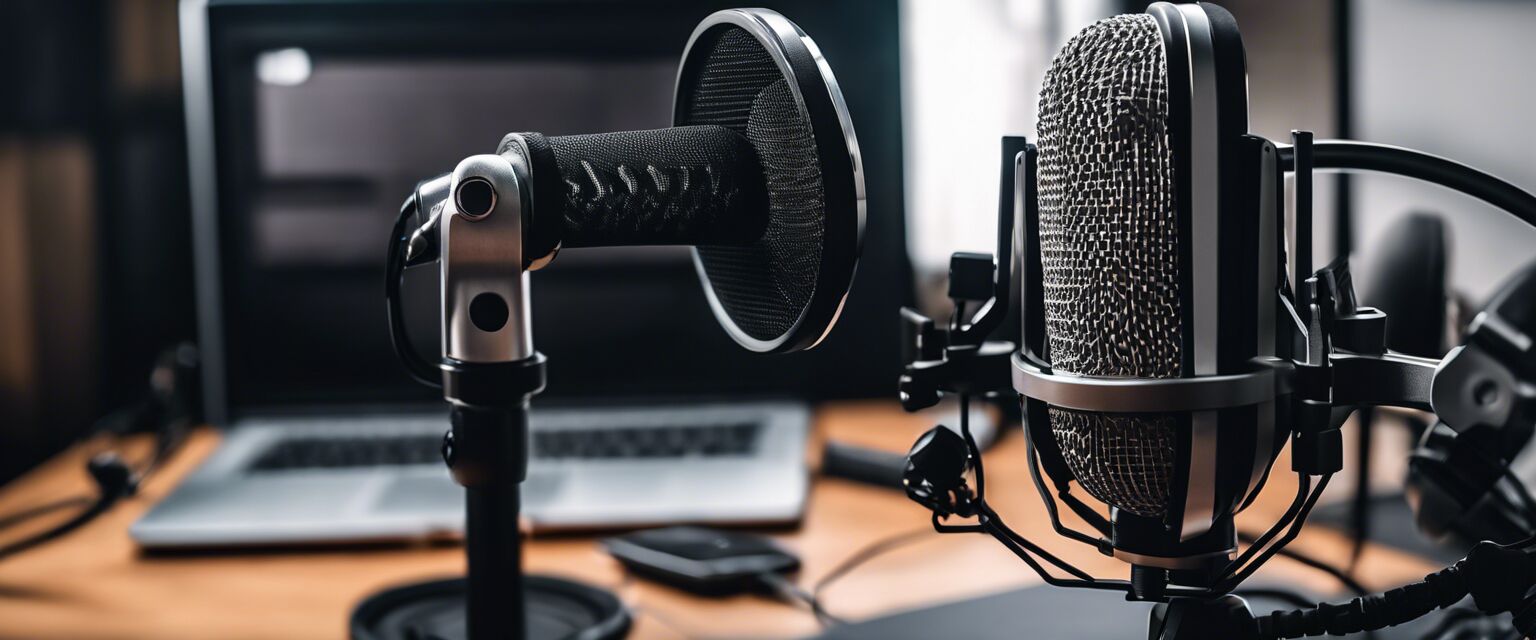
Recording Environment and Accessories
A good microphone is only half the battle. You'll also need a suitable recording environment and accessories to produce high-quality audio:
- Acoustic treatment: Invest in acoustic panels, diffusers, and bass traps to reduce echo and reverberation
- Pop filter: Use a pop filter to reduce plosive sounds and mouth noise
- Headphones: Choose comfortable, closed-back headphones for accurate monitoring
Pros of Investing in a Good Microphone
- High-quality audio for engaging listeners
- Increased professionalism and credibility
- Improved recording efficiency and reduced editing time
Cons of Investing in a Good Microphone
- Higher upfront cost
- Steep learning curve for beginners
- May require additional equipment and accessories
Beginners' Tips for Choosing a Microphone
- Start with a budget-friendly option and upgrade as needed
- Read reviews and listen to audio samples before making a purchase
- Experiment with different microphones and recording techniques to find what works best for you
